2019 seemed to me like a good time to clean house. I had managed my own performance career and teaching studio for nearly twenty years. Great opportunities had come my way. Even a couple of big dreams had come true. I had consistent work, much of it financially rewarding and affirming of my creative identity. My studio was bursting with sincere and gratifying students. I lived in a beautiful place — the San Francisco Bay Area — and I was paying my bills on time. By many standards I had carved out a nice little career for myself. At the same time, segments of my performing work had begun to deplete and disappoint me. Some gigs didn’t pay enough to warrant all the hours I put in. A handful of collaborators weren’t meeting me halfway. Certain repertoire didn’t feel healthy for my maturing instrument. I needed to devise a new set of standards to judge when and how I could earnestly invest my energy and artistry.
I had been taught, and had often professed, that if you want to succeed as a freelancer you have to take every gig that comes your way. Over the years I had learned to pull off repertoire that seemed impossible, to get twice as much prep done in half the time, and in many cases to “suck it up” or “make it work” even when the gig, and my sanity, might have been better served by stepping aside. I was a helper. A pleaser. A yes person.
So, in January 2019 I resolved to practice the act of saying “no” — to turn down any offer or invite that raised a significant red flag. I knew this wouldn’t come naturally, and I would need help holding myself accountable, so I announced the plan to my closest colleagues and confidants. I jokingly called it My Year of “No.”
As predicted, the practice of saying “no” did not come easily. It took effort and attention at every step. I really had to concentrate to hold my rationale in mind as I navigated gig negotiations and collaboration agreements. But after twelve months, I had struck a healthier work/life balance that made room for more fulfilling creative challenges: a plum University job, guest-artist residencies at several other schools, and burgeoning relationships with conductors that brought the promise of exciting orchestra gigs. Collaborative ventures underway, with mutually invested colleagues, had potential for considerable financial reward. Best of all, my datebook was cluttered with fewer of those agonizing gigs that take up more energy than they’re worth. In January 2020 I even started work with a career coach, focusing on growing a network outside my geographic region, learning to negotiate better contracts, and further defining my self-worth. It had taken intense reflection and concerted effort to reach this point, and I knew more hard work lay ahead of me, but I could see a fruitful central chapter of my artistic life taking shape.
In February I got really, really sick. By March so had a lot of other people. We all know what happened next.
COVID-19 meant abrupt and major changes for everyone. Those of us in performing arts and education are still reeling today. For me, COVID-19 meant my new plum teaching job and residencies were moved online or canceled outright. Exciting orchestra gigs? Gone. All my other gigs? Gone. Collaborations were put on indefinite hold. I spent the remainder of my pre-paid coaching sessions strategizing ways to pivot.
If 2019 was my personal Year of “No,” then 2020 would be our collective Year of “Now What?”
Two years later, my husband Justin and I are living out of our car and extended-stay Airbnbs. Our worldly possessions sit in storage while we migrate from one low-cost city to the next in search of good WiFi and the possibility of in-person work. A mid-career performer at the height of my singing abilities, I’ve sung only eight live shows in the past twenty-four months, the majority of them in prestigious venues such as suburban driveways and city sidewalks.
How did I arrive here?
I don’t keep a journal. But I am a Virgo, so there’s a good chance that if something even minorly important happens in my life, I’ve written it down somewhere. Here, pieced together from e-mails, calendar entries, text messages, and Dropbox comments, is what my Pandemic Travelog might have looked like from early 2020 through 2021.
2020 — “Now what?”
April 3, 2020
I’ve just driven down an eerily deserted freeway to my student Diana Marto’s loft in Emeryville, CA. She’s sheltered-in-place 170 miles north in Ft. Bragg, leaving her painting studio empty. It’s a huge concrete box with a glass skylight, a makeshift kitchenette, a lofted sleeping area, and many of her gorgeous, oversized canvases hung on the walls. I’m the only person here right now, which makes it the best place in the world.
I live in a 375 sq. ft. studio apartment in Richmond, CA with my husband, a middle and high school music teacher. He plays violin and viola professionally and guitar as a hobby. Between long hours in Zoom classrooms, he soothes his tattered nerves by practicing not one but three concerti (two on viola and one on violin) and he’s started taking Flamenco guitar lessons online, as well. This all amounts to a minimum of four hours of practice a day, which, combined with my two to three hours of daily Zoom lessons, leaves almost no quiet time in our tiny living space. I can’t possibly imagine how my friends with infants and toddlers are managing this — or, for that matter, anyone cohabitating with a beginner trumpet player.
So, I come to Emeryville once a week — ostensibly to practice. Some days I lie on the floor and doom-scroll, but not today. Today I’m singing Hildegard. Well, more like croaking. I’ve been sick for seven weeks with an unusually bad chest cold. By the time anyone started talking about COVID-19, I was well past the fever stage and never qualified for a test. But the lingering cough, breathless nights, and intense full-body fatigue have left me little doubt. I lost my voice on February 16. By early April, I’m just starting to feel like singing again.
I’ve picked Hildegard today because, well, I’m totally alone. I could go so far as to say I’m cloistered. It makes sense. When there’s nobody else to sing with, chant. Also, it turns out you can find just about any drone instrument you like on YouTube. So here I am, croaking through ecstatic chants composed 900 years ago, streaming a cello drone through my Bluetooth speaker. If that isn’t a clash of the centuries, I don’t know what is.
May 31, 2020
I’ve been singing Hildegard obsessively for two months, stealing off to my student’s art studio to heal my voice and renew my spirit with this ancient music. And I think I’ve hatched a plan, but I need advice before I can put it into action. The YouTube drones are bumming me out. I’m hearing all these sounds and textures in my head that I want to sing with, and so many associations are coming up for me as I explore Hildegard’s compositions. One chant reminds me of an Irish jig. Another begs for layered strings. A few are downright psychedelic — I hear synthesizers and electric guitars with delay. I crave textured, multilayered drones, not just a lone, ceaseless pitch. I want something to respond to.
“So, if my friends record instrumental layers in one place, and I record chants over them in another place, can that be assembled into a record that actually sounds good?” I ask our recording engineer friend BZ Lewis. He assures me it can work. He’ll help me.
It doesn’t make a lot of sense, certainly not in the framework of a career built around New Music, but this idea of recording ancient repertoire with remote instrumentalists feels exciting. As an established interpreter of the music of our time, releasing an album of Medieval liturgical chant won’t fit my brand at all. Will my fans be comfortable hearing my voice in this unfamiliar context? Will I know how to market it once it’s done? Will I piss off the entire Early Music community? I don’t know the answers to these questions, but I feel like I have an answer for “Now What?” This album is a long-term creative project that I can sink my energy into and that doesn’t put anybody in danger. I decide to call it Lifeline because it will help me stay connected to my voice while I wait to sing for an audience again.
July 18, 2020
I go public with the Hildegard album concept in a newsletter. I normally send one out every two months (to a mailing list of about nine hundred followers) to announce my performances and recordings, recommend other artists who inspire me, and offer followers ways to get involved and support my work. When I started making records in 2012, I applied for fiscal sponsorship with Fractured Atlas. I’ve since undertaken a huge amount of fundraising and crowdfunding. Usually, I have a concrete ask — a fully fleshed-out project, production team, repertoire, budget, and timeline all in place, well ahead of time.
In this newsletter, the first I’ve sent since the beginning of the Pandemic, the crux of my message is that I’m a struggling musician; I need help if I’m going to keep my head above water. I also want to keep creating new work and sharing my voice. I’m watching other artists announce all sorts of cool projects, inspired by their lockdown experiences. I don’t want to just sit in the corner, silent, waiting until it’s safe to sing in public. But if I’m going to make art, I’ll need resources.
The response from my followers is staggering. Within a week I raise nearly $6,000.
My gratitude is so overwhelming I hide in bed for a whole day. Then I start writing thank-you notes.
August 27, 2020
I leave the bank feeling liberated, having just closed my DBA checking account. I’m trying to cut down on monthly bills, and I’m not “doing-business-as” very much these days. Walking back to my car with a lightness in my step, I open an email from our landlord. He wants to sell the house. He’s giving us plenty of advance notice but suggests we start looking for an alternative place to live.
An alternative place to live. In the Bay Area. On a teacher’s salary. During a Pandemic. I drive home to the apartment I’ve lived in for thirteen years. It’s extremely dim inside — blankets hang over the door and windows to keep out wildfire smoke. Justin is hard at work on the Hindemith concerto (I vetoed the Walton back in July). I tell him about the email. He puts down his viola, we hug, then pour ourselves a dram of single malt. We don’t panic, but we have no idea what we’ll do.
October 27, 2020
Sacramento. We’ve moved into the spare bedroom of a friend who bought a condo up here to escape the chaos of downtown Berkeley lockdown — all those students with nothing to do and nobody to tell them don’t. We have until June, the end of the school year, to determine our next move. Until then we’re camped out in this extremely kind woman’s house, teaching over Zoom all day and trying not to finish the good Scotch at night.

Tonight I had a remote Hildegard rehearsal with Matt Berkeley, an Oakland-based multi-instrumentalist. I’ve always loved the rehearsal process — collaborators work through a new piece, make a game plan, take the music back to our own workspaces to woodshed, then reconvene to assemble and hone our ideas. I figured that’s how this process would go: I’d orient Matt to this long, somewhat weird, bitonal chant I’d picked out for us, then he’d experiment, generate ideas in his home studio, and we’d meet later to decide how the actual recording would go.
Instead, he fired up a Pro Tools session and multi-tracked our whole video-call. He figured out how we could use our phones and tablets simultaneously to see, hear, and respond to each other in real time. The music he improvised during our call is exactly what’s on the album. I’d track my vocals and layer them in later, but the “drone” is 100% Matt’s creation — he shaped it spontaneously in response to the lines I sang and imagery I described. His musical pacing, incorporating moments in which I’d pause to illuminate a particularly interesting aspect of the text, turned out to be perfect. We couldn’t have planned it better, even if we’d tried!
Now I understand. I need to allow my collaborators to create from their own imaginations, at their own pace, and in the moments of their choosing. My performances will emerge in response to, in dialogue with, and inspired by them. Lifeline isn’t just about my connection to my voice; it’s about connecting with other musicians in a meaningful way. The repertoire may be ancient, but this album has a message for our world right now — artists can empower each other, through our digital networks, to create and collaborate even in the darkest and most isolating of times.
December 2, 2020
Our old Richmond apartment was gutted by an electrical fire today. Just one week ago, we finished moving out the last of our things and gave the place a deep clean. The walls we washed and spackled are now black and greasy with soot. “What-ifs” will plague my mind for months, even years. I will envision Justin’s instruments — the irreplaceable viola, violins, and bows, burnt to a crisp. What if we’d been away when it happened and lost everything? What if we’d been home, and asleep? Or, God, even worse — if just one of us had been home, asleep? Thankfully, we’re alive. We’re safe. And if we’re looking for a sign that Sacramento is the right temporary move for us, this is it.
December 29, 2020
The first half of this exhausting school year is finally over. I taught my last Zoom lesson of the semester on Monday, and now I’m feeling energized because I just hit send on a bunch of emails asking instrumentalist friends, some hundreds of miles away, to record Hildegard with me. There’s a quiet holiday break ahead of me, and I’m ready to make some music.
I’ve commissioned Jessie Nucho in San Francisco to create a drone with flutes. She’s the last person I performed with before everything shut down, and we improvise really well together. She’s one of the wisest people I know, so I pick out a chant about wisdom.
My super talented friend Sidney Chen’s sister just gave him a shruti box for Christmas, and he thinks it could make a perfect alternative drone instrument for Hildegard. He says the fact that my email came just a few days after his sister’s gift is a sign. We’ll collaborate on a particularly beautiful chant about loving kindness.
Trace Johnson, a cellist friend in Wisconsin, is deeply connected to nature. I choose a chant about a sacred tree and email him a score and translation. We have a phone call, and I sing for him. We determine a tonal center that will sound beautiful on his new Baroque cello. He sets about experimenting with mics in his living room.
Heading into the New Year, I still have no sense of where Justin and I will move in June, but at least I have a sense of artistic purpose.
2021 — Our year of “Why not?”
As months pass, more Hildegard collaborators emerge and join the project — some from my immediate musical circles, others from much further afield. Musical ideas percolate, take shape, and one by one the drone tracks are created. Once I’m vaccinated, I spend several days tracking vocals in a Berkeley recording studio. It feels incredible. Standing on the other side of the glass from engineer Alberto Hernandez, and worlds away from my instrumental collaborators, I genuinely feel like we’re all interpreting this ancient music together.
Between January and May, Justin and I devise and abandon at least eleven different relocation plans. None of the jobs we apply for come through. None of the apartments we investigate pan out. When it finally comes time for us to leave our friend’s condo, we can’t even find an available moving truck.
There is music-related work for us in New England, and family we can stay with. So, we pack what we can fit into our Toyota Yaris and, with the Delta variant hot on our heels, we drive East. I make a hashtag for our travel posts: #leaseless. Why not embrace the adventure with humor?
We have a terrible time explaining our plan to friends, family, students, people we meet on the road. It isn’t even a plan, really. It’s more of an outlook. The goal is to figure out what’s possible and then do that, even if it isn’t sensible, or ideal, or in line with any of our previous life-plans. When all the doors you push against are locked, you may as well stride with confidence through the one that finally opens, right? Why not?
All summer I teach voice lessons over Zoom in my childhood bedroom, in friends’ guest rooms, in basements, closets, and mudrooms. Somehow, I manage to keep up with most of our bills. In August, Justin starts a Music Education master’s program online. On the weekends he plays every wedding gig he can, from Maine to Rhode Island.
Despite both of us hustling, as the summer winds down it’s clear we won’t have enough income to sign a lease in New England. But I do have a two-month in-person job in Houston, TX at the start of 2022. It’s a short-term vocal coaching gig, with a theater program I worked for back in the beginning of 2020, and this season they’ve extended my contract. The paycheck is significant. Why not make our way south during the fall? Surely between Boston and Houston we could find more affordable lodging. Plus, we’d keep our California car out of blizzards and off salty roads. Why not?
A twenty-something voice student of mine has been doing the extended-stay Airbnb thing with her boyfriend for a year, so she advises me on how to search for optimal work-from-home stays. Justin and I plot our course, determining who we know along the route. A close friend lives in Baltimore, a relatively inexpensive city. Why not spend a month there? Justin has a hookup for holiday gigs in Florida. December in Gainesville? Why not? That puts us within striking distance of Houston for my January job. We don’t have to settle in any one place for long, so it doesn’t really matter if it’s anywhere we particularly want to live. Of course, we can’t predict that, just as my Texas gig is due to begin, Omicron will be tearing through the high school theater program that hired me. My in-person work will move online. We’ll enjoy a good laugh about it over a hefty pour of Ardbeg the night before we leave Florida.
Today, 2022
Early March finds me listening to the pre-mastered mixes of Lifeline in our Houston Airbnb. My coaching gig is over. It went really well, in spite of my seeing the kids in person only a few times. In a couple of weeks, we’ll pack up to drive north to Greenville, SC. We don’t know anyone there, but it’s cheap, it’s green, and it’s on the way to New England. We’ve gotten really good at living out of suitcases, setting up our remote workspaces, and converting sterile rental houses into homey environments. Our car is holding up, thanks to excellent mechanic recommendations from friends along the way. Another New England summer of wedding gigs and music camp work awaits us, along with the prospect of an apartment west of Boston where we could start to put down roots. Maybe. Why not?
Our friends and family still don’t totally understand what we’re doing, but they’ve gotten used to our address changing every five to six weeks. Some of them want to frame our journey as a grand adventure, and occasionally it does feel that way to us. But most of the time we’re just living from one day to the next, trying to get our work done and staying healthy. We’re focused on getting enough sleep and exercise, taking care of each other the best we can while we wait for a day, hopefully in the not-too-distant future, when we can commit to one zip code, one time zone, and maybe even buy a bedframe. Hey, a girl can dream, right?
I have to say, Lifeline sounds incredible. It’s nothing I could have imagined, and everything I could have wanted. It isn’t an Early Music album by any stretch. Very much an artwork of-our-time, it’s also not like any record I’ve released before. Each instrumentalist on this album is credited as a recording engineer; every layer was captured in a different acoustic space, using different mics, and with different software. I owe a gigantic debt of gratitude to Alberto Hernandez and BZ Lewis for figuring out how to bring all the disparate pieces together.
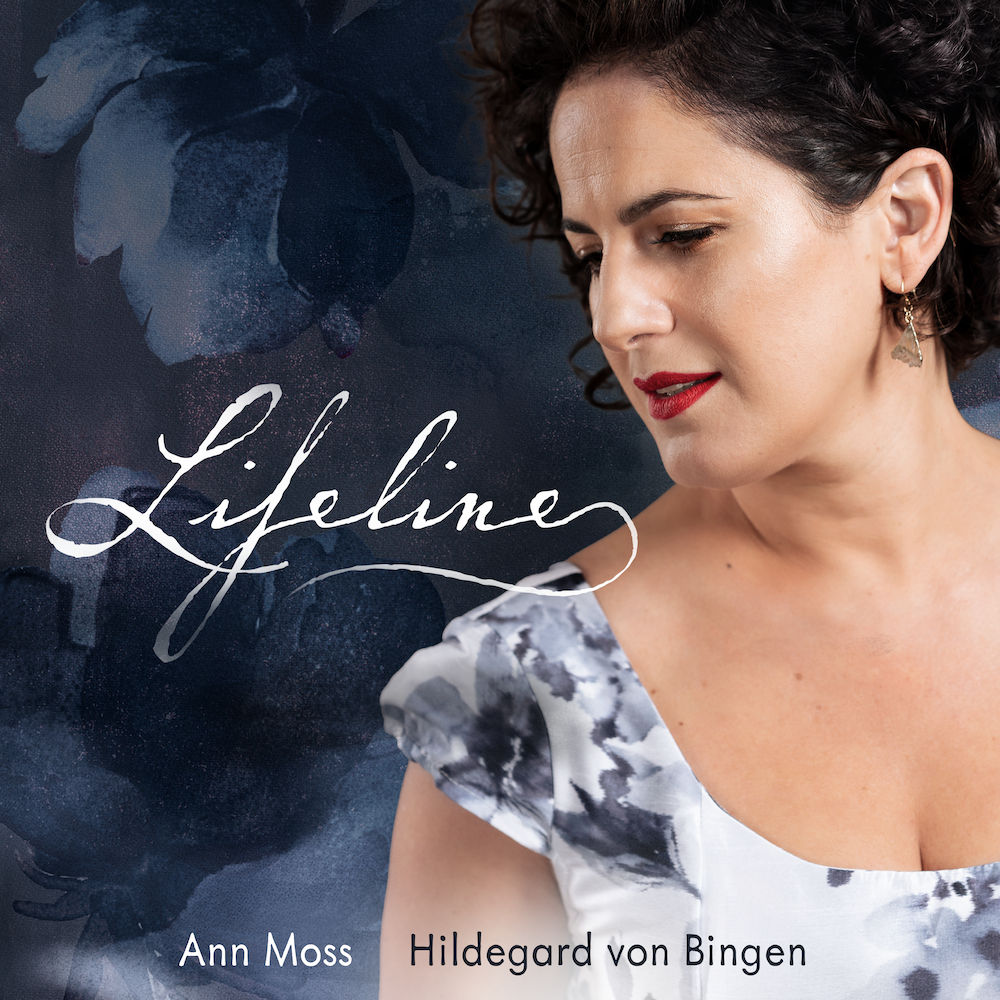
I still don’t know if Lifeline fits my “brand,” I don’t know how it will be received by the academe, and I honestly don’t care. It’s beautiful, and it’s made with so much love. I learned a tremendous amount making it. My collaborators and I had to be resourceful and nimble at each stage of the process. Making this record during a pandemic forced us to think way outside of the box, and I believe we’ve all discovered something about what’s possible when we let go of perfection as a motivation.
I’ve already started to conceptualize my next album. I’m returning to English-language repertoire by living composers and songwriters. But unlike the previous records I’ve made, I’m not going to worry if all the elements aren’t in place ahead of time. I’ve tracked a few pieces already, and I’ll do more when it feels right and when I have the resources. I’ll let this next album take shape as I go. I’ve learned from Lifeline that I don’t always need a solid plan to create something cohesive and impactful.
So how did I arrive here?
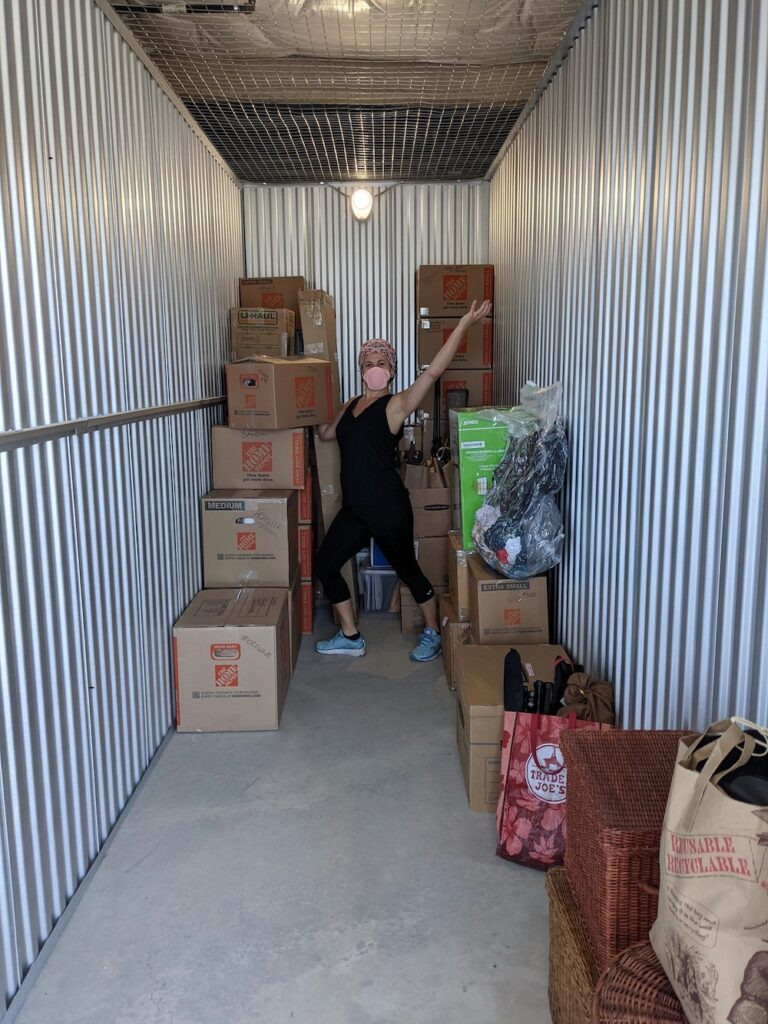

How did a yes person, a Virgo who always had a plan, become so comfortable with this fluid way of living and working? I got here by taking care of myself. I got here by asking for help. I got here by singing what felt good to me. I got here by taking an unplanned leap. By trusting my partner. By investing in my colleagues and listening to my gut. I got here by asking What Now?, searching my heart for the answer, and by saying Why Not? over and over and over again. I wonder if 2022 could grow into a Year of “Yes.” I’m open to the possibility.
*photos courtesy of the author
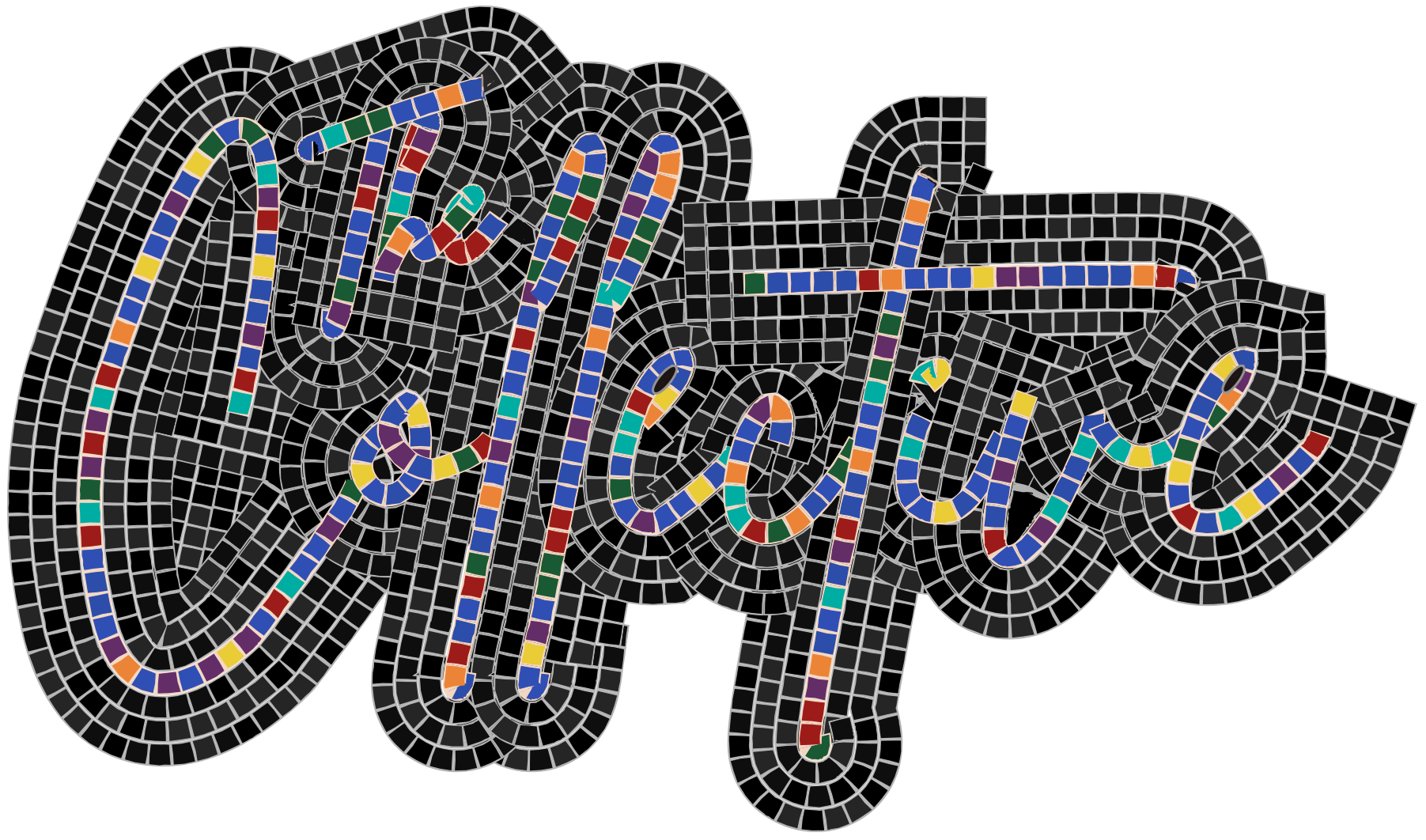

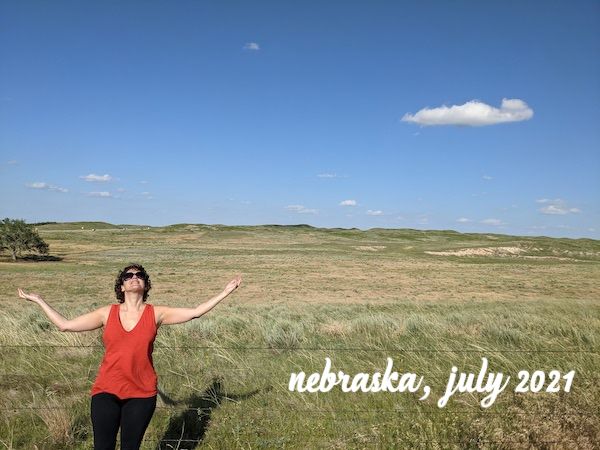
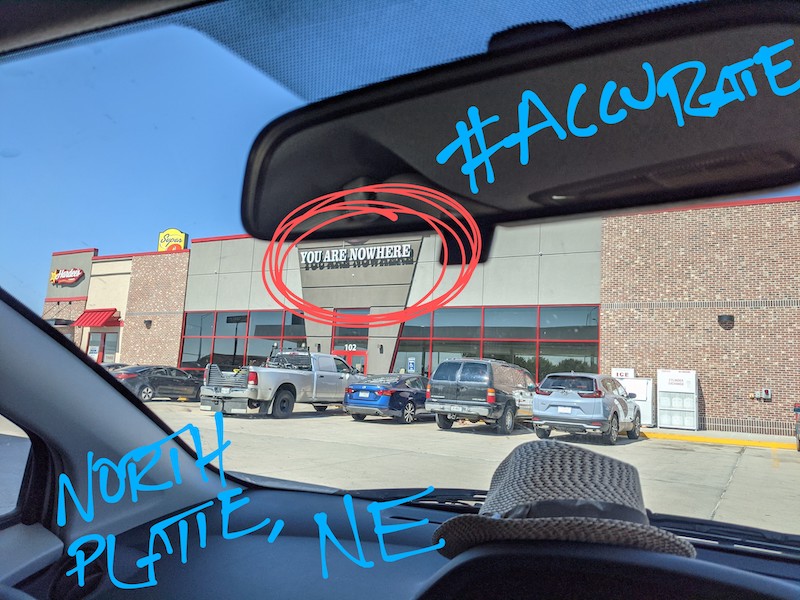
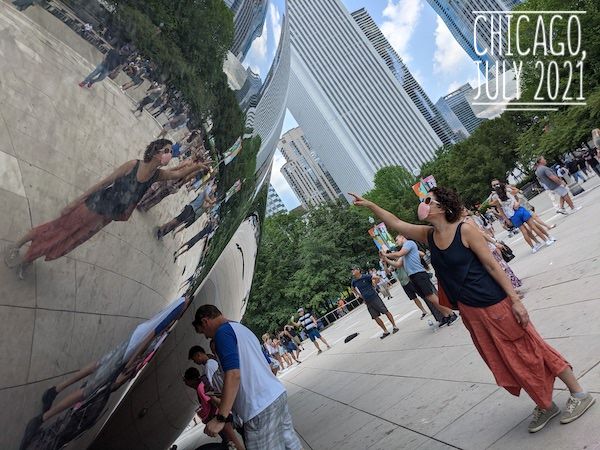
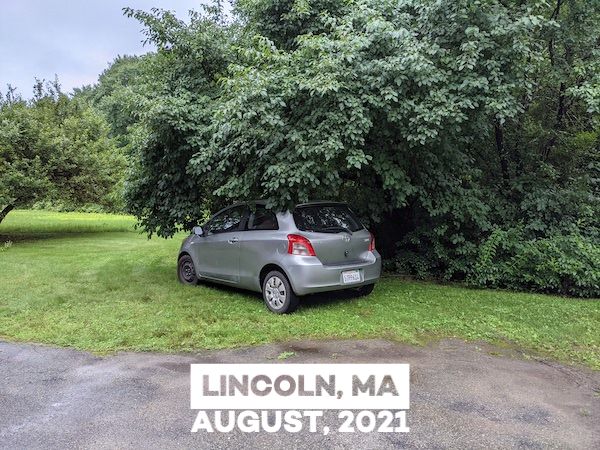
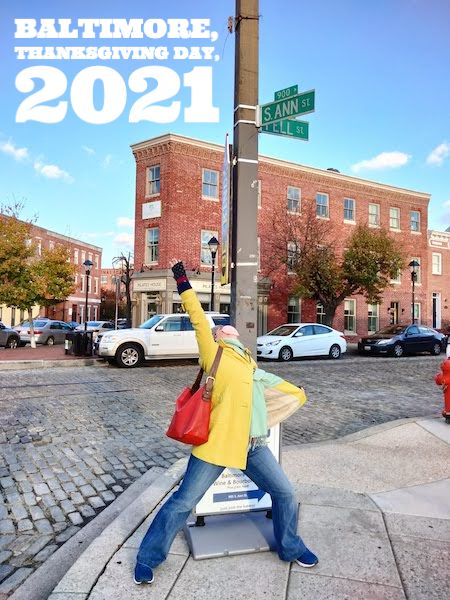
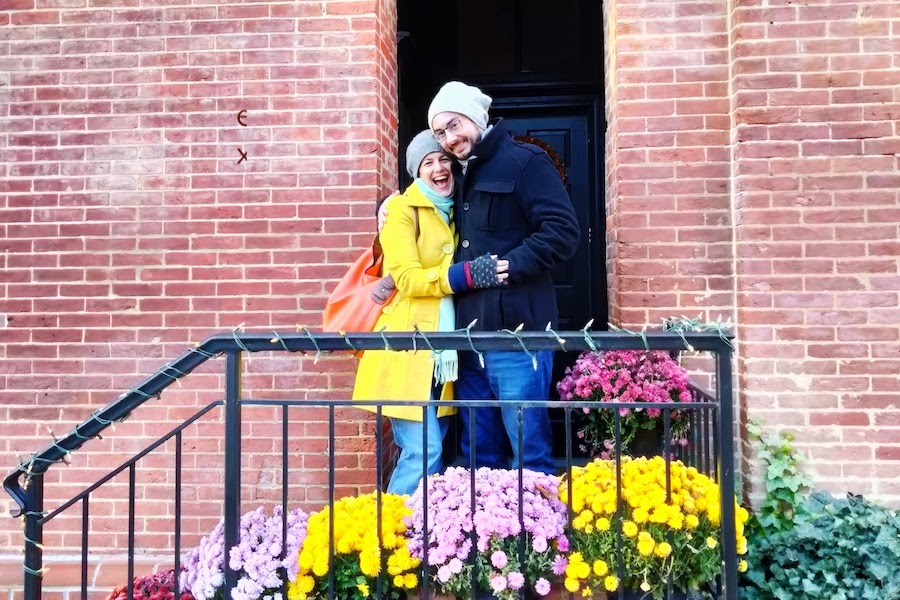
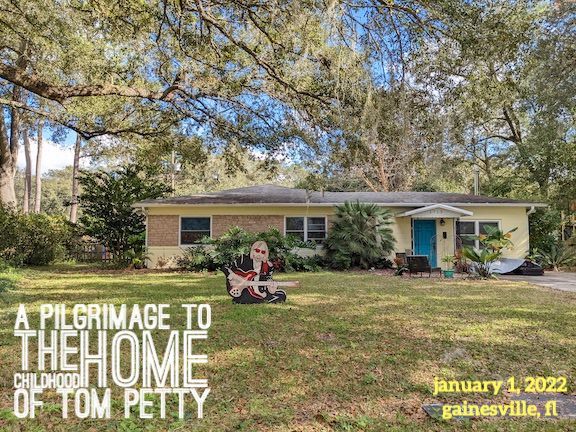
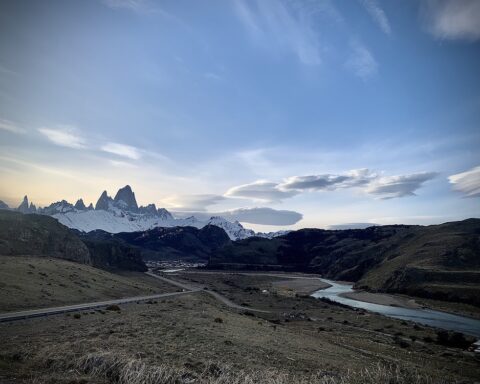
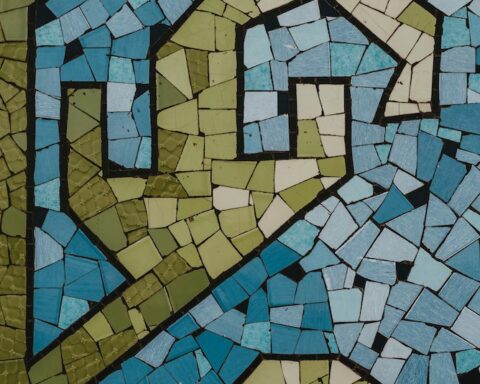
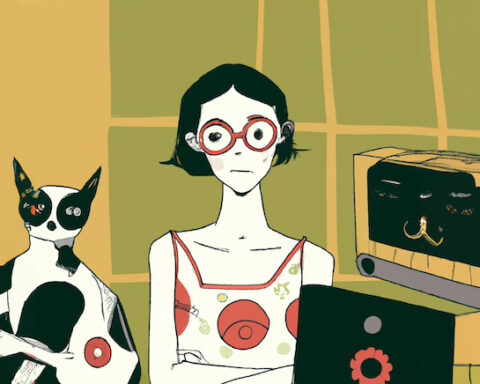
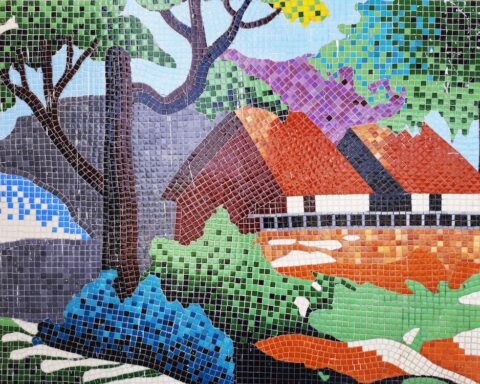
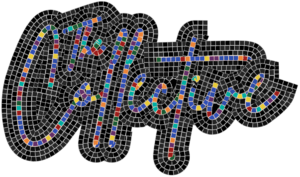
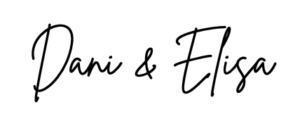
I love all of this! I’ll say it… YES!!!